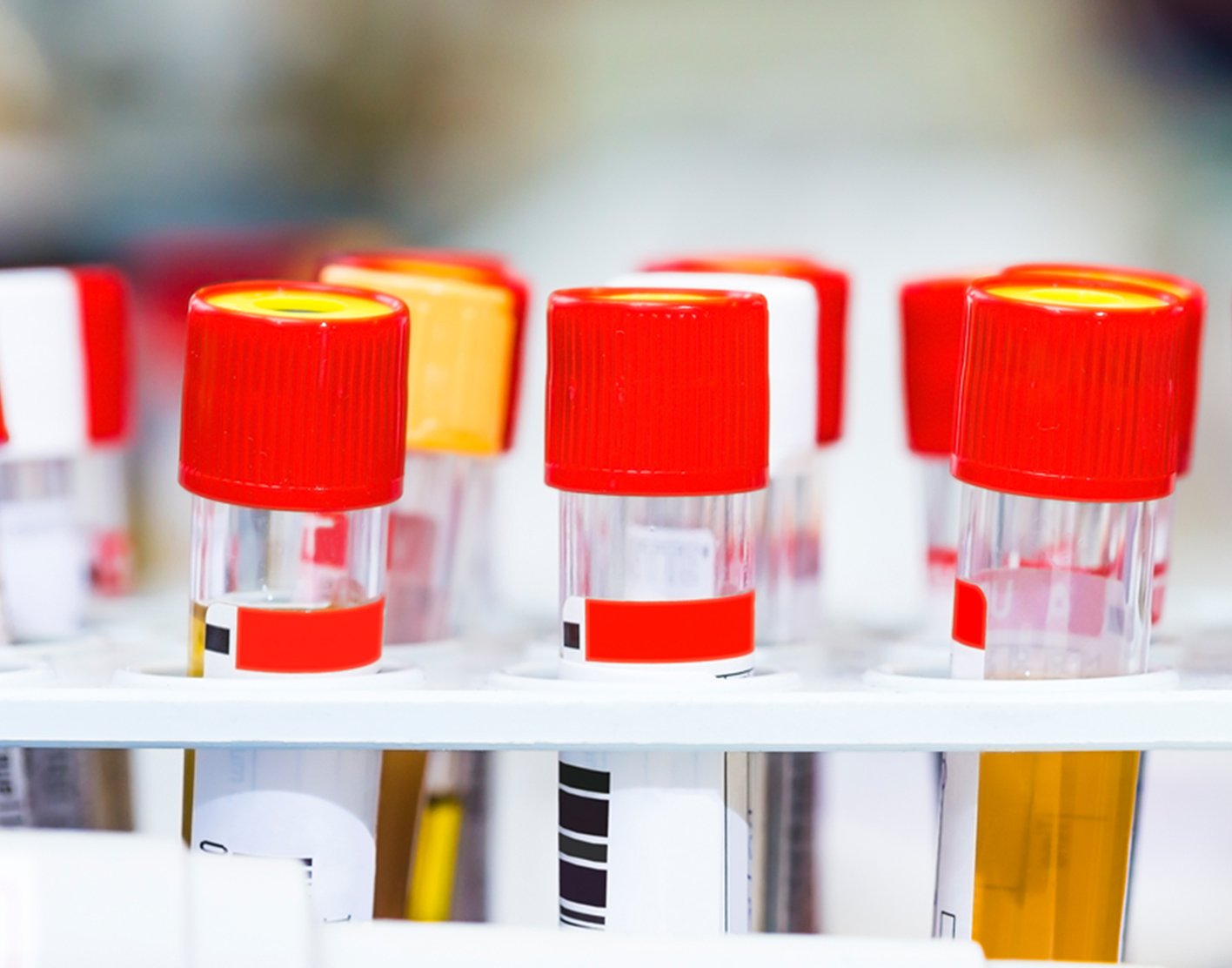
RBC urine test
Definition
The RBC urine test measures the number of red blood cells in a urine sample.
Alternative Names
Red blood cells in urine; Hematuria test; Urine - red blood cells
How the Test is Performed
A random sample of urine is collected. Random means that the sample is collected at any time either at the lab or at home.
A
How to Prepare for the Test
No special preparation is necessary for this test.
How the Test will Feel
The test involves only normal urination. There is no discomfort.
Why the Test is Performed
This test is done as part of a
Normal Results
A normal result is 4 red blood cells per high power field (RBC/HPF) or less when the sample is examined under a microscope.
The example above is a common measurement for a result of this test. Normal value ranges may vary slightly among different laboratories. Some labs use different measurements or test different samples. Talk to your provider about the meaning of your specific test result.
What Abnormal Results Mean
A higher than normal number of RBCs in the urine may be due to:
- Bladder, kidney, or urinary tract cancer
- Kidney and other urinary tract problems, such as infection, or stones
- Kidney inflammation or
injury - Prostate problems
Risks
There are no risks with this test.
References
Krishnan A, Levin A. Laboratory assessment of kidney disease: glomerular filtration rate, urinalysis, and proteinuria. In: Yu ASL, Chertow GM, Luyckx VA, Marsden PA, Skorecki K, Taal MW, eds. Brenner and Rector's The Kidney. 11th ed. Philadelphia, PA: Elsevier; 2020:chap 23.
Lamb EJ, Jones GRD. Kidney function tests. In: Rifai N, ed. Tietz Textbook of Clinical Chemistry and Molecular Diagnostics. 7th ed. St Louis, MO: Elsevier; 2023:chap 34.
Riley RS, McPherson RA. Basic examination of urine. In: McPherson RA, Pincus MR, eds. Henry's Clinical Diagnosis and Management by Laboratory Methods. 24th ed. Philadelphia, PA: Elsevier; 2022:chap 29.
Review Date: 19/07/2021
The information provided herein should not be used during any medical emergency or for the diagnosis or treatment of any medical condition. A licensed physician should be consulted for diagnosis and treatment of any and all medical conditions. Call 911 for all medical emergencies. Links to other sites are provided for information only -- they do not constitute endorsements of those other sites. Copyright ©2019 A.D.A.M., Inc., as modified by University of California San Francisco. Any duplication or distribution of the information contained herein is strictly prohibited.
Information developed by A.D.A.M., Inc. regarding tests and test results may not directly correspond with information provided by UCSF Health. Please discuss with your doctor any questions or concerns you may have.



























